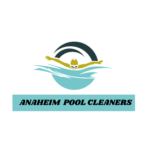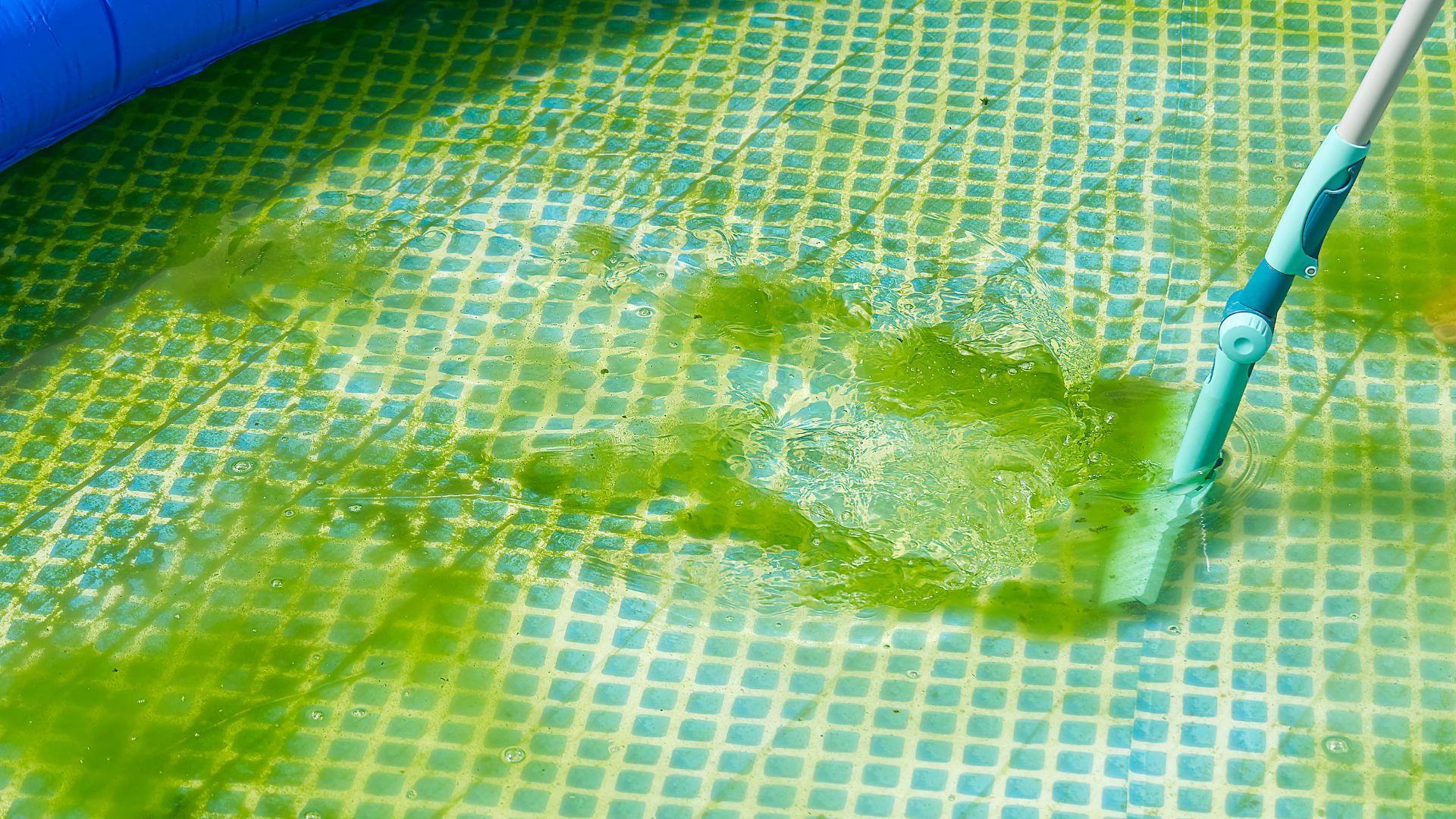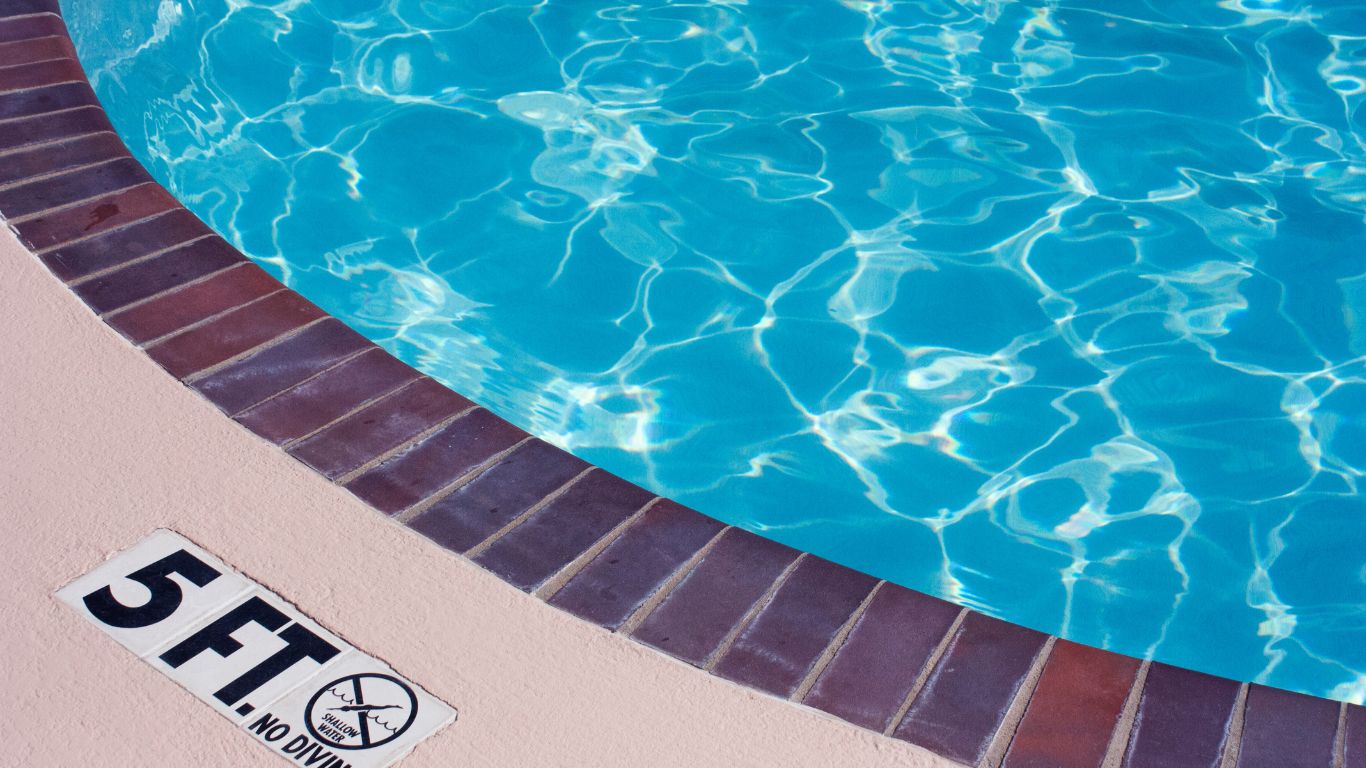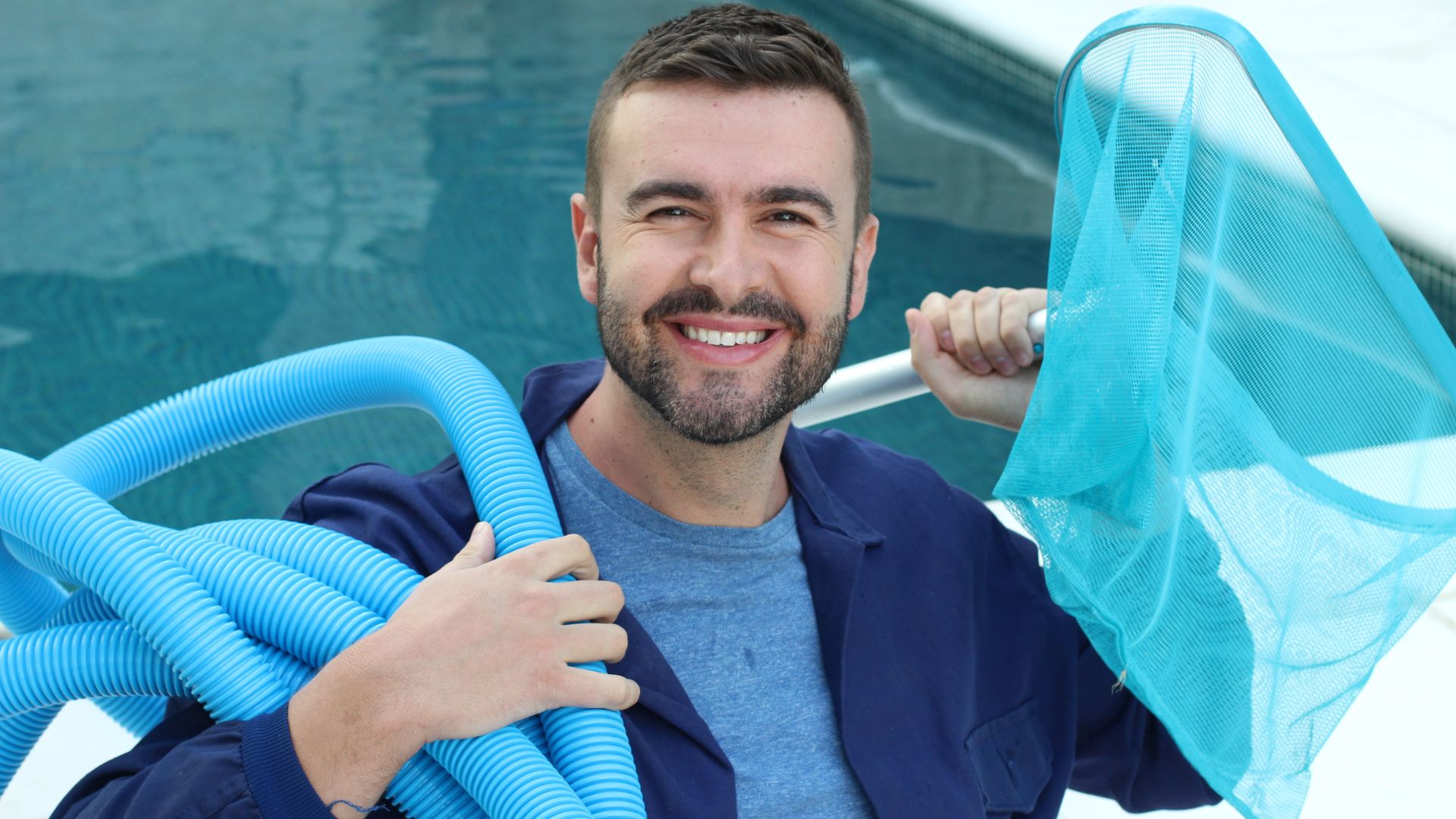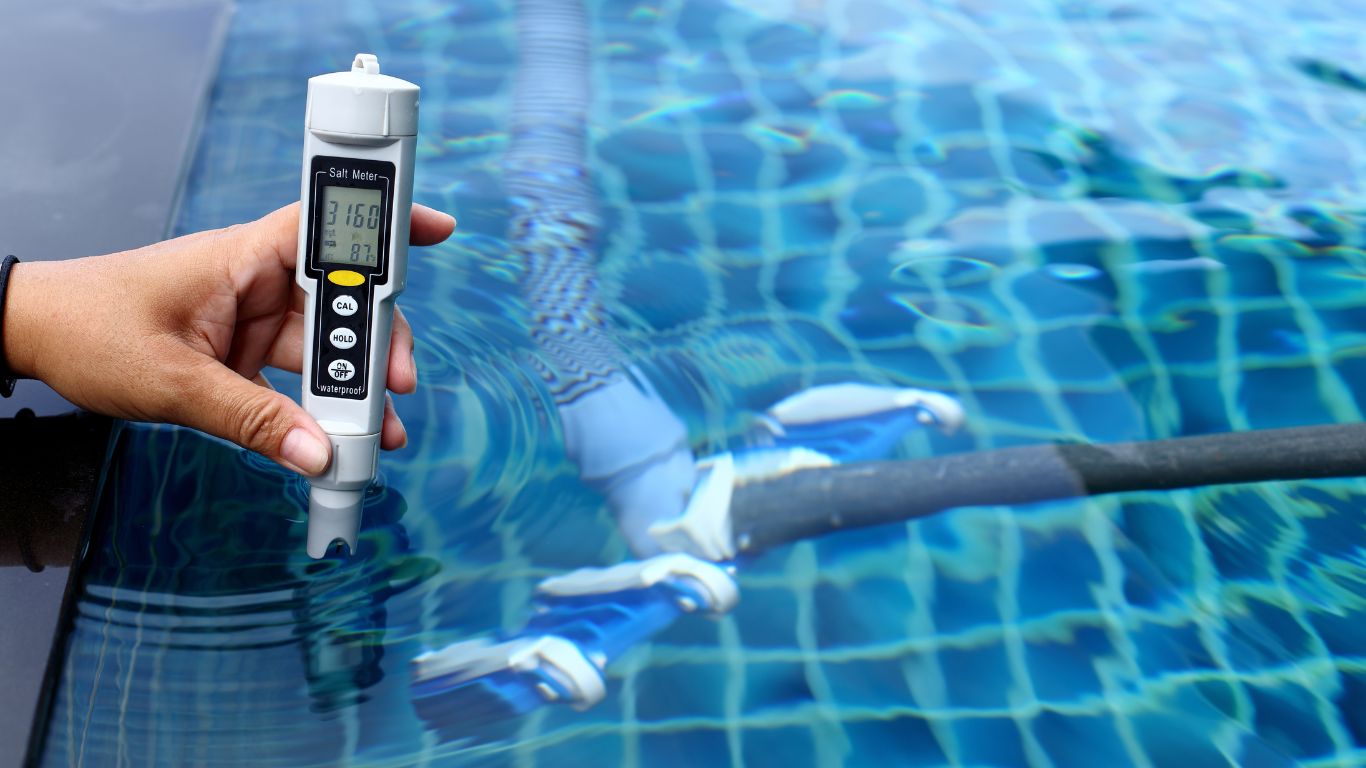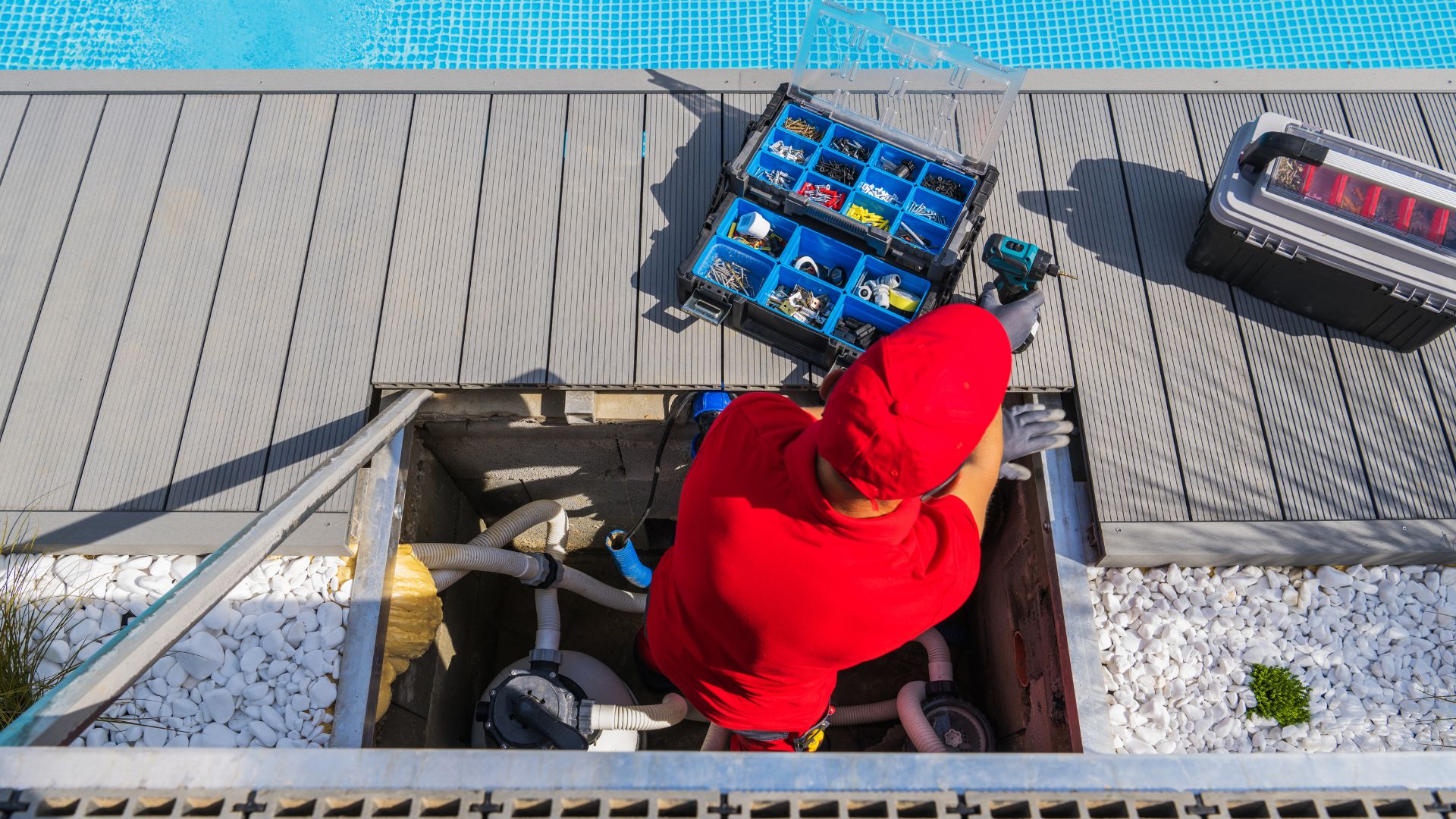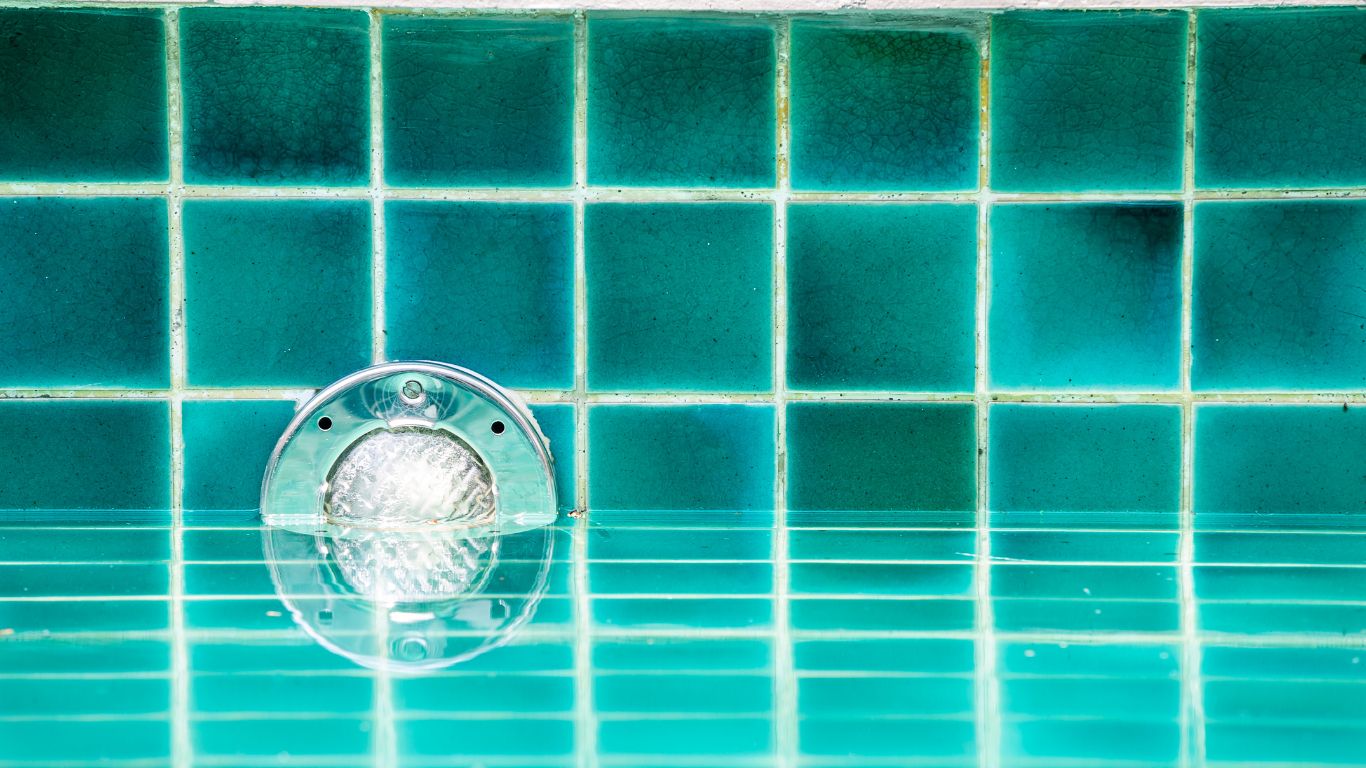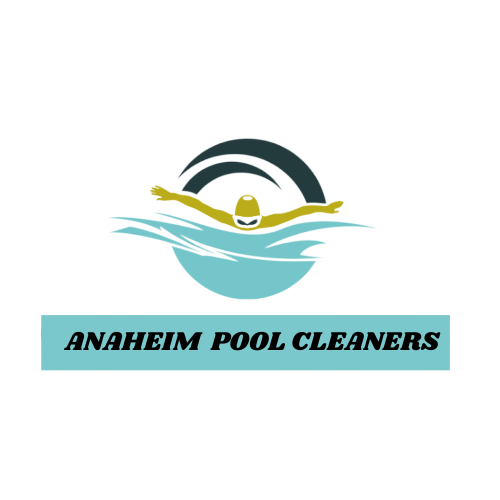
A swimming pool is a great place to cool off during hot summer days, but it requires proper care and maintenance. One of the biggest threats to the health of your pool is algae growth, which can be more than just an eyesore. In Anaheim, CA, where the sun shines bright all year round, neglecting pool algae can have hidden dangers that can put your family’s health and safety at risk. In this blog post, we will cover everything you need to know about pool algae, its dangers, and how to clean and prevent it from growing in your pool. We will also answer some frequently asked questions about pool algae cleaning so that you can enjoy your swimming pool worry-free.
What is Pool Algae?
Pool algae are microscopic plant-like organisms that grow in swimming pools. It can come in different colors, such as green, black, or even pink. Pool algae are photosynthetic, meaning they require sunlight to grow. They feed on carbon dioxide and other nutrients in the pool water. They can grow quickly and spread throughout your pool, making it unsanitary and unsafe to swim in.
Types of Pool Algae
There are three main types of pool algae:
- Green Algae – The most common type of algae that forms in pools. It can turn your pool water green, making it unsightly.
- Black Algae – A more severe type of algae that can grow in cracks and crevices in your pool. It can be tough to remove and can cause damage to your pool’s surface.
- Mustard Algae – A yellow or brown-colored algae that can cling to walls and pool surfaces. It can be tough to remove and requires a special treatment process.
Dangers of Neglecting Pool Algae
Neglecting pool algae can pose significant health risks for swimmers and damage your pool equipment. Skin rashes, eye irritation, and respiratory issues are common health problems caused by algae-infested water. Furthermore, the growth of harmful bacteria and viruses can put swimmers at risk of contracting infections. In addition to health risks, algae can also cause costly damages to pool equipment like filters and pumps. Ignoring regular pool maintenance can result in expensive repairs or even renovations. Therefore, it is crucial to clean your pool regularly and prevent the growth of algae to ensure a safe swimming environment and protect your investment.
Health Risks to Swimmers
Swimming in a pool contaminated with algae can lead to several health risks. Algae growth provides an ideal environment for harmful microorganisms such as bacteria and viruses, which can cause skin rashes, eye irritation, and respiratory problems. Furthermore, algae can make the pool slippery, which increases the risk of falls and injuries. Therefore, it’s crucial to regularly clean and maintain your pool to prevent algae growth and ensure a safe swimming experience for you and your family. Additionally, chemical treatments may be necessary to remove existing algae and prevent further growth.
Damage to Pool Equipment
Ensuring that your pool is free of algae isn’t just about maintaining a clean swimming environment, it’s also important for the longevity of your pool equipment. Neglecting pool algae can lead to damage to your pool equipment over time. Algae growth can clog filters, pumps, and other pool equipment causing them to malfunction or break down, which can be expensive to repair or replace. Regular maintenance and cleaning of your pool can help prevent algae growth and avoid costly repairs. So, make sure you keep up with regular cleaning and maintenance to keep both your swimmers and equipment safe.
How to Clean Pool Algae
Maintaining a clean and clear pool can be a daunting task, especially when it comes to stubborn algae growth. However, regular pool maintenance is essential to ensure safe and enjoyable swimming experiences for everyone. The key to successfully cleaning pool algae is identifying the type of algae present and choosing the appropriate treatment method. Once identified, the affected areas should be brushed and vacuumed before shocking the pool with chlorine to kill any remaining algae. Regularly testing and adjusting water chemistry levels can also prevent future algae growth. By following these steps, you can keep your pool free from harmful algae build-up and maintain a safe environment for swimmers.
Vacuuming and Brushing Your Pool
Regularly vacuuming and brushing your pool is an effective way to remove algae from the walls and floor. Using a pool vacuum or brush, you can loosen and remove visible algae from the surfaces of your pool. It’s important to clean your filter and skimmer basket regularly to prevent algae from returning. Proper maintenance and chemical balance can also help prevent future algae growth in your pool. If you’re unsure about how to properly clean your pool, consult with a professional who can guide you through the process.
Balancing and Shocking Your Pool Water
Maintaining proper water chemistry is essential to prevent the growth of pool algae. Balancing your pool’s pH level can help keep algae at bay, and shock treatment is an effective way to kill existing algae. Regularly testing and adjusting the chemical levels in your pool can help prevent future algae growth. Using algaecides can also be helpful in controlling and preventing algae growth. Proper maintenance and cleaning of your pool equipment, such as filters and pumps, can also contribute to preventing algae buildup. Don’t hesitate to consult a professional if you’re unsure about how to properly balance and shock your pool water for optimal results.
Frequently Asked Questions
When it comes to cleaning pool algae, there are often several questions that arise. One of the most common are:
Can You Swim in a Pool with Algae?
Swimming in a pool with algae can be harmful as it may cause skin irritation, rashes, and even respiratory problems. In addition to that, algae can make the surface of the pool slippery and increase the risk of accidents. It’s best to clean the pool thoroughly before allowing anyone to swim in it.
What is the Best Way to Clean Green Algae From a Pool?
Maintaining a clean pool is essential for the safety and health of swimmers. If you spot green algae in your pool, it’s important to act fast before it becomes a bigger issue. The best way to clean green algae from a pool is by using a combination of brushing, vacuuming, and shocking treatment. Brushing the affected areas can help loosen the algae from surfaces, while regular vacuuming can remove dead algae and debris from the water. Shock treatment involves adding a high dose of chlorine to kill off remaining algae and bacteria. To prevent future growth, maintain proper chemical levels and regularly clean your pool to ensure a safe swimming environment.
Conclusion
In conclusion, neglecting pool algae can have severe consequences, including slips and falls, skin infections, eye infections, respiratory issues, damage to pool equipment, and increased costs. Therefore, it’s essential to take care of pool algae promptly to keep your pool safe, healthy, and enjoyable for swimming all season long. At Anaheim Pool Cleaners, we understand the dangers of neglecting pool algae, and we offer professional pool cleaning and maintenance services to keep your pool sparkling clean and algae-free. Contact us today at 714-492-1790 to schedule an appointment and ensure your pool is safe for you and your family to enjoy.
